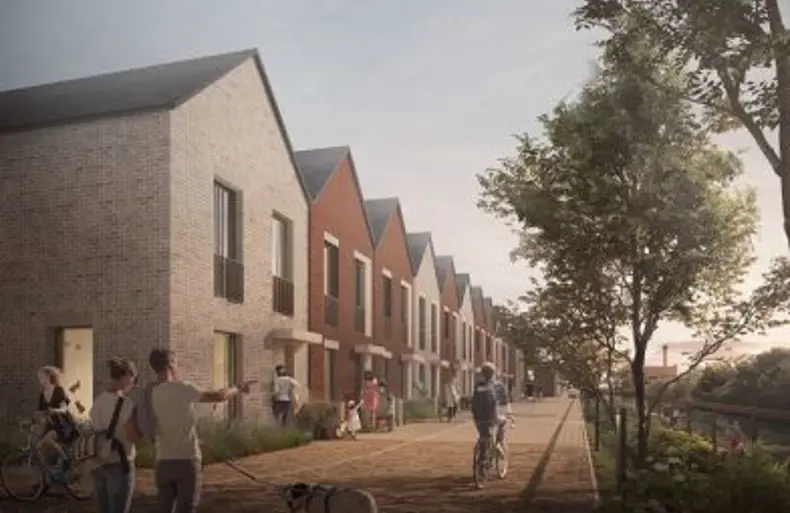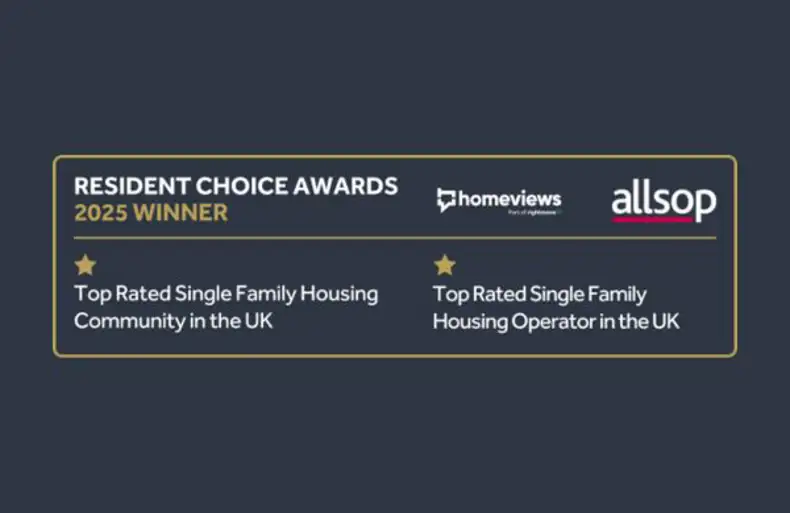Delancey’s landmark 2011 investment into the Olympic Village in Stratford was a watershed moment for the Build to Rent (BTR) sector.
This was among the first and most significant large-scale BTR investment in the country which resulted in an influx of institutionally backed investment into the sector. As we approach the tenth anniversary of this ground-breaking deal, we feel it is a fitting time to reflect on how far the sector has come in the decade since and where it might be headed in the future.
Growth in the sector
In 2011, around 1,400 units were scheduled for development at the Olympic Village, representing a significant proportion of the sector’s total development pipeline across the UK at that time, which stood at approximately 10,000 properties. According to the latest figures published by the British Property Federation (BPF) in Q4 2020, there were 179,835 BTR units, including complete, under construction or in planning across the UK, which is an increase of 19% since 2019.
| Status | Q4 2020 Totals |
| Complete | 53,750 |
| Under Construction | 37,050 |
| In Planning | 89,035 |
| Totals | 179,835 |
Data supplied by BPF
The rise of the regions
In earlier years, London accounted for the biggest share of the total pipeline, with other areas of the UK consistently making up less than half of the total supply. However, in recent years the momentum has swung towards the regions, with the latest figures showing that they now account for 55% of total supply and pipeline. The number of units in planning in the regions grew by 42% in the last year alone, clearly signifying a change in sentiment within the sector. Higher returns, a more favourable planning context, and increased investor appetite are just some of the drivers behind this shift in geographical focus away from London.
This increase in demand and the strength of regional rental markets is having a positive impact on pricing, with investment yield compression of between 0.25%-0.50% in key cities such as Leeds, Manchester and Birmingham. Regional investment outside of these core cities is now increasingly popular, resulting in increased pricing in cities such as Liverpool, Glasgow, Sheffield, and Newcastle.
Examples of recent regional investment include Moda’s £80M Holland Park, comprising 433 units. L&G recently agreed to fund a £57M, 245-unit scheme at Tower Works in Leeds, while Grainger is progressing its first BTR investment in Nottingham – a £55.6M, 348-unit scheme on Queen’s Road. Federated Hermes and British Telecom Pension Scheme’s build-to-rent platform Hestia, recently purchased a residential-led scheme in Brighton, the 229 unit scheme will also include 32,600 sq ft of office space.

Development Diversification
As the sector matures, it is also becoming more diversified in terms of location, property type and target audience.
As explored in one of our previous blogs (“Why does suburban Build to Rent housing hold so much appeal for investor?), single family housing is gaining significant traction within BTR. This interest has been partially driven by shifting consumer preferences, priorities and lifestyles, in part, caused by the recent pandemic. However, the move towards a more family-orientated BTR product came well before the fallout of Covid, as the sector sought to expand its reach beyond only cities and fulfil the growing demand of a wider demographic of renters.
There is now a palpable demand for a more suburban, larger rental product with access to family associated amenities such as community facilities, health/wellbeing and cafés. The recent Goldman Sachs acquisition of a portfolio of build-to-rent family housing, comprising 918 units across the North West of England for £150M, is a symbol of the growing investor confidence in this sub sector.
Furthermore, BTR is benefitting from the challenges facing other asset classes across real estate. A prime example is high street retail stock, with former department stores being a particular focus following their decline in recent years (insert link to repurposing retail doc). Hammerson and Packaged Living recently revealed plans to develop the Debenhams in Leicester’s Highcross Shopping Centre into 300 apartments with co-working and resident amenities, while Allsop recently marketed the Debenhams in Staines-Upon-Thames which attracted strong interest from BTR developers and operators.
A key driver of this diversification is an increased variety of entrants into the market from both an investment and development perspective. The traditional early adopters such as M&G, Grainger and L&G, have now been joined by an array domestic and international investors. These new investors bring with them expertise in a broad range of asset classes and expertise gained in more established international BTR markets.
Strong rent collections and stable occupancy rates throughout the pandemic period have meant the sector has become more attractive, suggesting a very positive outlook for BTR as we enter the next decade. On the demand-side, BTR property is likely to remain desirable as many people turn to renting as a choice rather than necessity.





